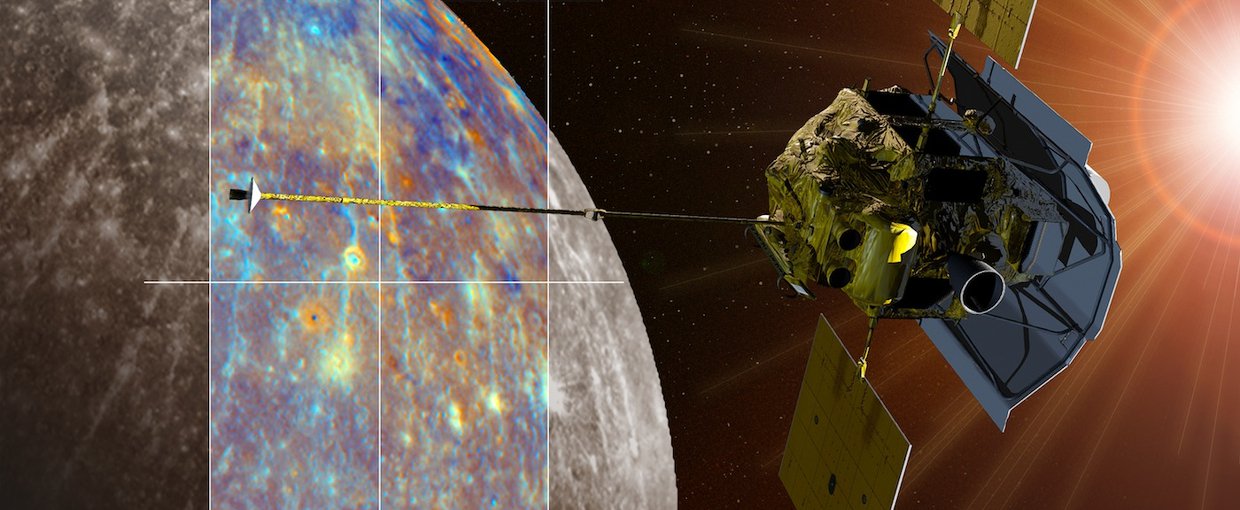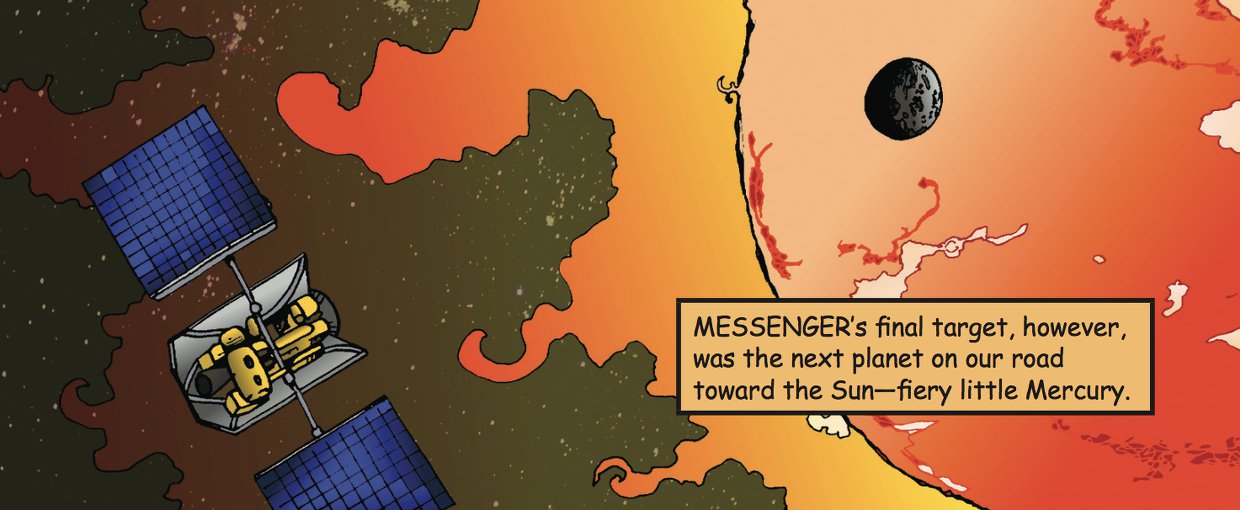
As the formation of our solar system came to a close (roughly 4.4 to 3.8 billion years ago), the tiny planet Mercury was bombarded by impacts. This caused mechanical, chemical, and thermal reworking of silicate reservoirs in the planet’s crust and mantle. A recent study tested two bombardment scenarios to better understand how Mercury was altered by impacts, exploring the effects that different sizes and frequencies of such events would have on the planet. The results will also help to interpret data obtained during the MErcury Surface, Space Environment, GEochemistry Ranging (MESSENGER) mission.
Mercury is the smallest terrestrial planet in our solar system, and studying Mercury can provide insight into the processes by which rocky planets form and evolve.
The study, “Thermal effects of late accretion to the crust and mantle of Mercury,” was published in the journal Earth and Planetary Science Letters. The work was supported by the NASA Astrobiology Program through the Exobiology & Evolutionary Biology Program.

